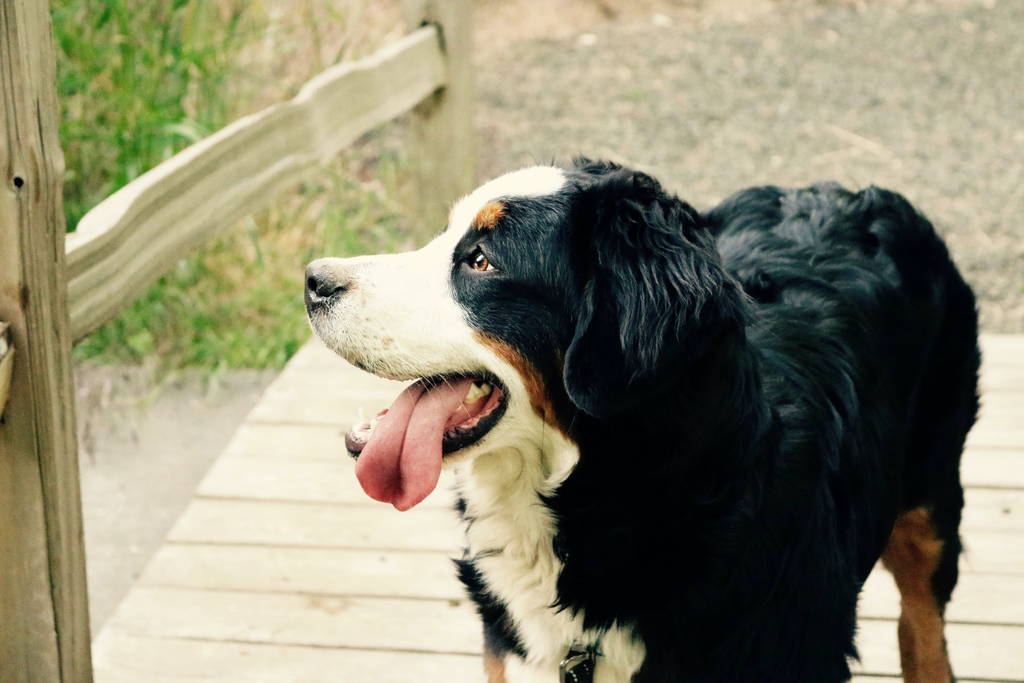What Is Bone Cancer in Dogs? Can It Be Treated? 2024
There is one type of cancer that is common in dogs—osteosarcoma or primary bone cancer. Osteosarcoma cells can be extremely aggressive and will subject the cancerous limb and affected bone to a lot of damage over time.
Osteosarcoma in dogs is a serious disease that pet parents have to be familiar with since it can just get in the picture without a warning. Unfortunately, this serious health issue proves fatal (not to mention extremely painful in most dogs) and must be dealt with during its very earliest stages.
Does your pet have an increased risk of dog osteosarcoma?
Akin to all other kinds of cancer in dogs, the chances that your pooch can overcome osteosarcoma are higher when this very serious condition is diagnosed early. Making early detection also helps you put a feasible treatment plan in place.
We've put together this blog post to get you in on the common symptoms, risk factors, as well as your dog's treatment options should he be afflicted with this rather aggressive condition. This is to help your dog achieve the quality of life he deserves even during this disease.
You can also take a look at our complete guide to dog cancer to answer any other questions you might have about cancers affecting dogs.
How Common is Bone Cancer in Dogs?

Bone cancer is a relatively common type of cancer found in canines. It usually manifests as abnormal growth on immature bone cells. Roughly 10,000 dogs are diagnosed with this serious disease each year.
While osteosarcoma in dogs typically involves the bone destruction of the rear legs (particularly the "long bones,") this aggressive condition leads to the possible impairment of other parts of your pet's body.
Multiple types of bone cancers affect dogs, such as chondrosarcoma (found in the connective tissue and cartilage), and fibrosarcoma (found in the fibroblasts of the connective tissue), as well as osteosarcoma, which is the most common, accounting for 85% of cases.
Osteosarcoma occurs deep in the bone, gradually moving its way outward as the disease progresses. As emphasized earlier, although osteosarcoma can develop in any of the bones of the body, including the jaw, facial bones, and hips, the vast majority of cases occur in the limbs (called appendicular osteosarcoma).
Compared to other tumors, which majority are benign (non-cancerous and non-spreading), and the greater part of osteosarcoma tumors are malignant. This means that they are cancerous and the cancer cells can spread to other parts of the body.
Moreover, depending on the cancer's or tumor's location, a specialized treatment plan may be required for dogs diagnosed with this condition if they are in places that are tricky to reach. Administering pain medications may also be needed in certain cases.
Possible Risk Factors of Bone Cancer in Dogs

As with different types of cancer, a singular cause of bone cancer in dogs has still yet to be pinpointed. However, various genetic and environmental factors are believed to have a part. These risk factors are provided below:
Age
Older dogs are highly susceptible to bone cancer since their immune system health may not be that resilient or responsive anymore. This is the reason why boosting your pet's immune wellness as early as now can help keep this problem and other health issues in check.
Environmental Factors
Having constant exposure to harsh chemicals and similar substances can have a detrimental effect on your pet's health. These include drain cleaners, antifreeze, as well as cigarette smoke, and emissions from vapes. Their effects may potentially increase your dog's vulnerability to cancer.
Breed
Unfortunately, large and giant breeds often get diagnosed with osteosarcoma in dogs. These include Great Danes, Rottweilers, and Scottish Deerhounds. If you notice your pooch only walking on three legs or showing difficulty moving with his hind legs, schedule a consultation with a pet homeopathy expert or a vet immediately.
Underlying health conditions
Canine health problems like diabetes and obesity may increase your pet's risk of getting osteosarcoma in dogs. If you're noticing that your pooch is showing clinical signs of limb osteosarcoma, a visit to a veterinary oncologist is a must to treat metastasis as soon as possible.
What is Primary Bone Cancer in Dogs?
This just basically means that the cancer originated from the bones and not from the other parts of a dog's body. Pet parents, it is crucial to remember that if your dog has secondary bone cancer, it means that he already has cancer that spread from a different part of the body.
Are Bone Tumors the Same as Bone Cancer?
The short answer is no. Tumors are essentially abnormal growth and cancers involve abnormal cells. While these two share common treatment options like radiation therapy, surgical management, and chemotherapy, they should not be used interchangeably.
Do Bone Tumors on an Affected Limb Eventually Become Bone Cancer?

A bone tumor does not automatically progress into bone cancer. However, extensive physical and orthopedic examination (ex: chest x-rays and blood tests by a veterinary pathologist) should be conducted to determine the extent and severity of the problem.
A life-saving surgery performed by a veterinary surgeon or immediately dealing with radiation therapy sites may be required to help increase your dog's median survival time when a bone tumor does become bone cancer.
Symptoms of Bone Cancer in Dogs
How do you know if your dog has bone cancer? While they may manifest differently in each case, these are some signs you can look out for:
-
Limb or joint pain
-
Lameness (either intermittent or constant)
-
Swelling or a mass
-
Lethargy and/or loss of appetite
-
Reluctance to exercise
It is important to take note that the symptoms listed above are not exclusive. When in doubt, make sure you consult with your vet as soon as possible.
How Fast Does Bone Cancer Spread in Dogs?
Unfortunately, bone cancer in dogs is a very aggressive cancer. It also has a high tendency to metastasize or spread to other parts of the body.
Because of its aggressive nature and the difficulty of early recognition and diagnosis, it will already have metastasized to additional places in the body, most commonly the lungs, by the time it is detected. What's really already is that this significantly cuts your pet's survival time with respect to overcoming the disease!
Is Radiation Therapy the Only Solution?
The short answer is no. There are actually other treatment options that may be availed of when it comes to bone cancer. Besides radiation therapy, other conventional choices also include surgery and chemo. A treatment plan may also be a combination of these options.
Can Bone Cancer in Dogs Be Treated Naturally?

Once a definitive diagnosis has been made, you want to start treatment as soon as possible. Reducing the delay between diagnosis and the start of treatment is recommended to increase life expectancy and reduce pain. Your vet may suggest surgery, chemotherapy, and/or radiation treatment to treat your pet.
What a lot of pet parents seem to overlook is the fact that a dog's immune system may be tapped to fight bone cancer. And using a homeopathic cancer treatment for dogs like Zumalka's PIPTOPET is one way to do this.
Made from the Fomitopsis betulina mushroom that is packed with "antimicrobial, anticancer, and anti-inflammatory" properties, PIPTOPET is definitely an option you should consider. Besides being natural, this premium natural product is also not invasive in any way at all.





Leave a comment